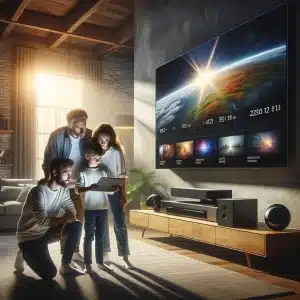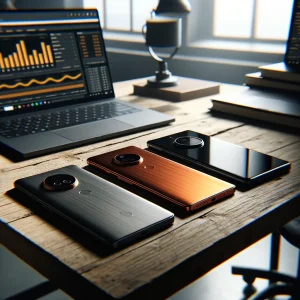Apple Vision Pro 2: What We Know So Far
When the first-generation Vision Pro landed in early 2024, Apple re-defined what a premium Apple mixed reality headset could do—but at US$3,499 it stayed squarely in the early-adopter lane. Recent leaks finally give us a clearer picture of its successor, the Apple Vision Pro 2. According to respected analyst Ming-Chi Kuo and corroborating supply-chain reports, the Vision Pro 2 release date is penciled in for late 2025, most likely at a dedicated October event that will also showcase an M-series iPad Pro refresh.
Design language is expected to remain almost identical. Apple’s engineers are reportedly focusing on internal silicon and battery improvements rather than a full hardware overhaul. That means the familiar aluminum frame, laminated glass visor and external EyeSight display will all return. Price, unfortunately, is also tipped to stay at US$3,499—although Apple could introduce more financing options to widen appeal.
Why should we care if the exterior hardly changes? Because Apple Vision Pro 2 will reportedly ship with the powerful Vision Pro M5 chip, promising desktop-class speed inside a lightweight headset. We’ll explore that silicon in the next section, but it’s worth noting that faster performance should enhance eye-tracking, reduce passthrough latency and make productivity apps feel native.
If you missed our deep dive into the original Vision Pro’s launch day experience, be sure to read that article after this one for added context on just how far the platform has come.
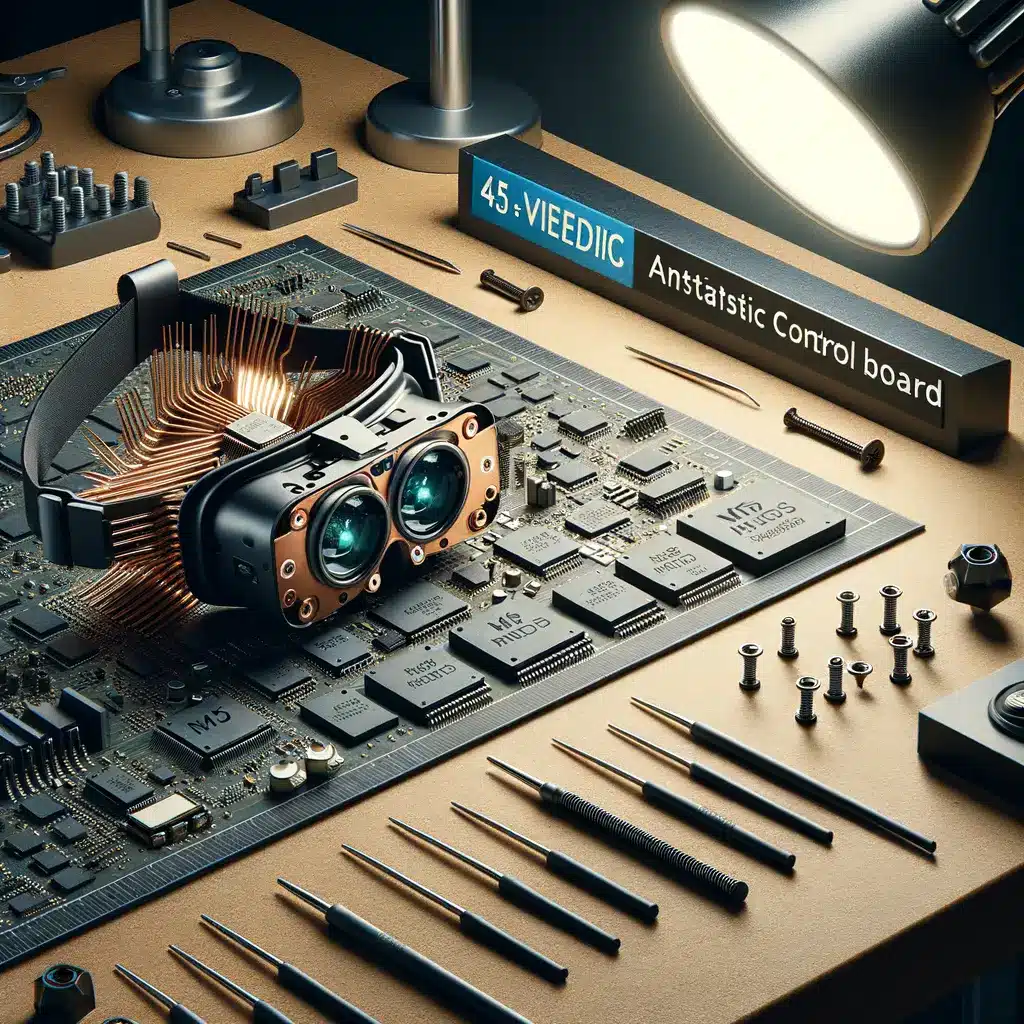
M5 Chip and Hardware Upgrades Explained
The headline feature of Apple Vision Pro 2 is its jump from the current M2 to the Vision Pro M5 chip. Internally codenamed Staten-5, this SoC is rumored to keep a 10-core CPU layout (six efficiency, four performance) while doubling down on graphics horsepower with up to a 12-core GPU. On paper, that translates to a 50–60 percent performance uplift without ballooning power draw—critical for a battery-powered Apple mixed reality headset.
Manufactured on TSMC’s second-generation 3-nm process, the Vision Pro M5 chip should also run cooler, allowing Apple to eke out an extra hour of untethered battery life. Expect Wi-Fi 7, Bluetooth 5.4 and the same high-bandwidth memory architecture used in the M4 iPad Pro. Combined with faster LPDDR5X RAM, the headset will comfortably handle multiple 4K virtual displays, PlayStation remote play, and complex CAD visualizations.
Interestingly, insiders claim Apple briefly prototyped a pared-down logic board aimed at lowering cost, but those plans have been shelved in favor of raw speed. That decision aligns with Apple’s strategy of keeping the Pro line unapologetically premium while a lower-priced Vision Air headset tackles the mass market.
For more detail on Apple’s silicon roadmap, check our recent breakdown of the M3, M4 and upcoming A19 chips—it offers handy context on how Cupertino staggers advances across product lines.
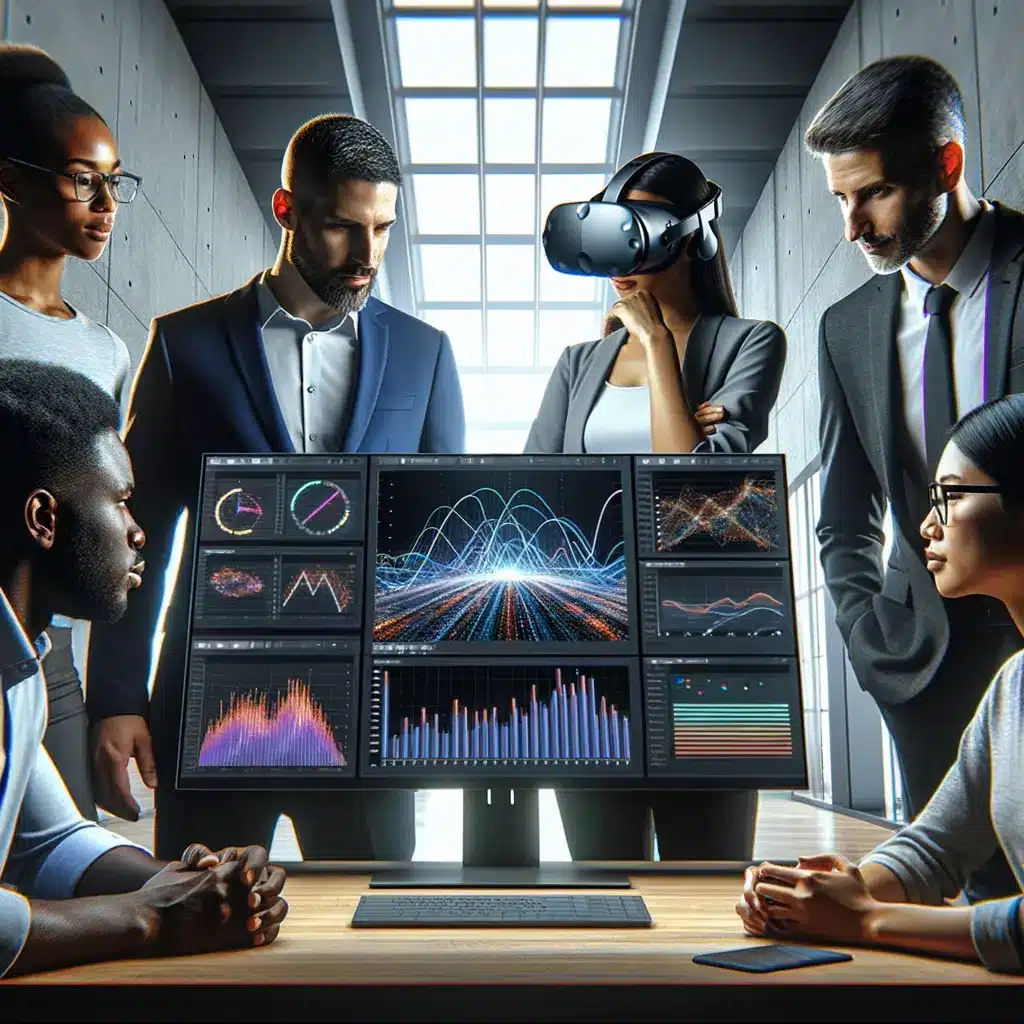
Performance Gains: How Fast Will Vision Pro 2 Be?
Benchmarks leaked from Apple’s internal ‘Mesa’ test suite show the Apple Vision Pro 2 rendering complex Metal scenes nearly 1.7× faster than its predecessor. In real-world terms, that means smoother 3D object manipulation, immediate app switching and significantly reduced motion-to-photon latency—an upgrade that will be felt the moment you slide the headset on.
Developers working with Unity and Apple’s new spatial frameworks can now target higher polygon counts and richer textures without compromising frame rate. Early demos of immersive Final Cut Pro timelines reportedly ran at a locked 90 fps, while live 8K 60 Hz passthrough faced zero stutter. These performance headroom gains also pave the way for Apple’s on-device AI ambitions. Whisper-quiet background processes like real-time language translation or object recognition can operate without draining resources from the user’s primary app.
Thermals remain a concern for any wearable, but the Vision Pro M5 chip’s efficiency cores pull only 0.8 W each under typical mixed reality workloads. With the improved external battery pack, Apple claims two and a half hours of continuous use—just enough for a cross-country flight or a full design sprint in Figma.
Remember, you’ll find the actual YouTube breakdown of these benchmarks embedded right after this section, so bookmark this spot if you plan to come back for the side-by-side video analysis.
Future Roadmap: Vision Air, Smart Glasses and Beyond
Leaked supply-chain roadmaps extend well past 2025. In early 2027, Apple is expected to diversify its spatial portfolio with two new products: a low-cost Vision Air headset and the company’s first Siri-enabled smart glasses. The Vision Air headset will shave manufacturing cost by swapping the EyeSight front display for a translucent plastic shield and using slightly lower-resolution OLED micro-panels. Analysts hope this price-trimmed model will land under US$1,500—finally putting an Apple mixed reality headset within reach of mainstream consumers.
Running in tandem is the smart-glasses project, rumored to resemble Ray-Ban Meta glasses but with tighter iPhone integration. Imagine dictating messages, capturing point-of-view photos and running Apple Intelligence queries without lifting your phone. LiDAR and twin 12-MP cameras would enable basic spatial mapping, though no imagery will appear on the lenses themselves.
Looking further ahead, 2028–2029 prototypes reference an XR-grade Vision Pro redesign with slimmer optics and integrated cellular radios. Apple’s strategy is clear: keep Apple Vision Pro 2 at the premium apex, use Vision Air headset to capture price-sensitive buyers, and then introduce stylish smart glasses to expand use cases.
If roadmap speculation fascinates you, don’t miss our guide to Apple’s upcoming health-sensor AirPods—it provides additional evidence of how multiple wearable lines will soon work together.

Use-Cases: Enterprise Wins and Consumer Hopes
Apple Vision Pro’s early traction has come from enterprise pilots: surgeons rehearsing complex procedures, architects walking clients through life-size virtual models, and Hollywood editors trimming footage in an infinite canvas. Apple Vision Pro 2 will reinforce those workflows with higher fidelity textures, multi-app Stage Manager and secure M-series enclave processing demanded by regulated industries.
Consumers, however, remain price-sensitive. Apple’s services team is reportedly crafting new subscription tiers—think Apple TV+ 3D exclusives or Fitness+ spatial workouts—to add daily value and soften sticker shock. Rumors also point to a deeper tie-in with Apple Intelligence, allowing users to summon context-aware Siri overlays or have the headset automatically arrange virtual monitors when it recognizes a Magic Keyboard.
Education is another fertile ground. A handful of universities that piloted first-gen units for medical and engineering programs are already budgeting for Apple Vision Pro 2. The increased battery life and lighter thermals solve the most common classroom complaints. If you want to see how Apple is already transforming lecture halls, check our case study on Stanford’s spatial-learning initiative.
Finally, for gamers, that 12-core GPU could unlock AAA titles via Game Porting Toolkit 2. We’ll be testing Resident Evil Village on launch day, so keep an eye out for our performance review.
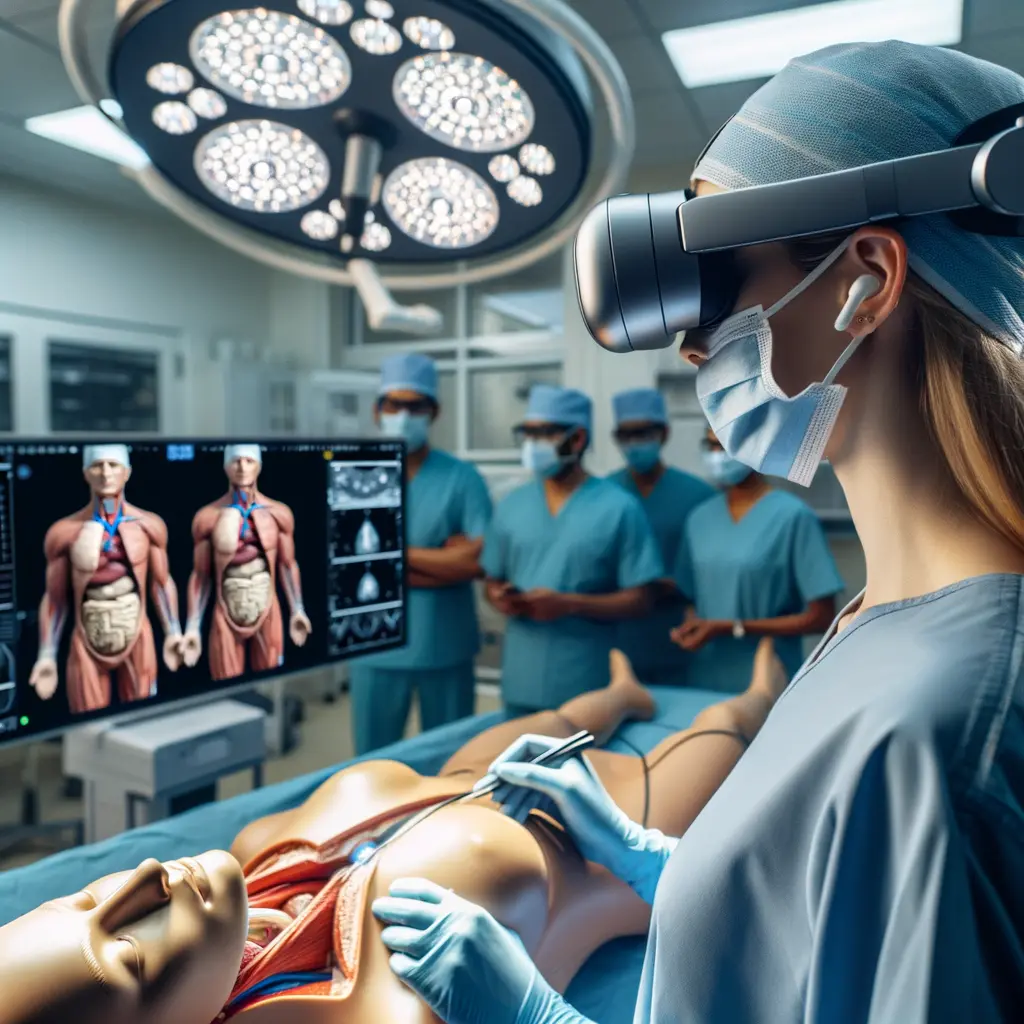
Should You Wait for Apple Vision Pro 2?
With leaks stacking up, the question on every enthusiast’s mind is whether to grab the current model or hold out for the Apple Vision Pro 2. If you rely on spatial tools for professional work, the original headset is still a powerhouse and can be written off as business equipment. However, early adopters willing to wait 12–15 months will reap tangible benefits: faster Vision Pro M5 chip performance, marginally longer battery life and an ecosystem poised to support Apple Intelligence at full scale.
Budget also plays a decisive role. If US$3,499 is out of reach, it may be wiser to skip both generations and aim for the forthcoming Vision Air headset instead. Apple appears committed to widening its mixed-reality funnel, and historically a lower-tier model lands within two years of a flagship debut.
For everyday consumers, the smartest move may be patience. By 2026, we should know how robust the app library is, how Apple intends to monetize services, and whether third-party accessories (hello, Zeiss lens clip-ons) drive down total cost of ownership.
Whatever path you choose, stay tuned to our weekly newsletter for updates on the Apple Vision Pro 2 release date, developer beta milestones and preorder guides. The spatial future is coming fast—make sure you’re ready when it arrives.




